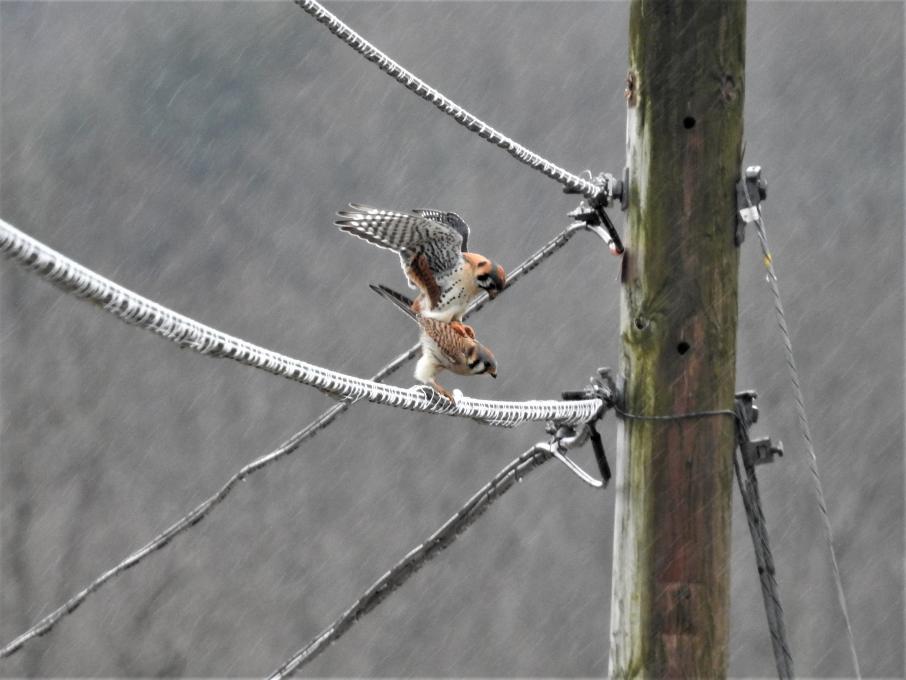The Cornell Lab Bird Academy › Discussion Groups › Bird Photography with Melissa Groo › Practice Gaining an Audience with Birds
-
My husband and I sat for a bit over a half hour at Greenlawn Cemetery in Columbus, Ohio. There's a place there with several birdfeeders so we brought our chairs and camped out nearby. We watched many birds come to the feeders. There were many Red-winged Blackbirds that have been arriving over the past two weeks. All the birds would suddenly scatter though when a Cooper's Hawk flew by. This happened twice while we were there. It took several minutes after the hawk gave up before they would return to the feeders. Afterwards, we went to another location, the OSU Wetlands, to check it out for later this spring. We saw a Bufflehead duck. Below are three photos from yesterday - a Pine Warbler at the feeder, the Cooper's Hawk, who was scaring all the other birds, and the Bufflehead.



-
For my sit spot I went to a ditch that runs next to/behind my neighborhood, where I have previously seen multiple birds including a Great Blue Heron. I sat on the ground next to the ditch, near an orange tree where I saw some kind of warbler as I walked up. The birds made themselves very scarce at first and were not willing to come close enough for me get a picture. After about 30 to 40 minutes the birds started to get used to me and I had a Northern Mocking Bird come and land on the orange tree. Unfortunately right after this between some barking dogs and a Cooper's Hawk, which I did get some good pics of, I did not have much luck with any other birds.



-
Here in February in Maine sitting for very long outdoors is a challenge so my current sit spot is just outside my door. I sit on a step partially obscured by a corner of the house and have been watching the birds coming to our suet and tube feeders. It's fascinating how most of them scatter, except the red-breasted nuthatches which are pretty cheeky. Patience pays off and the feeding activity resumes. Once you start noticing different behavior patterns it's easy to get hooked! This female downy woodpecker likes to sit on this one branch calmly for a bit between suet snacks. She seems so self possessed and frankly she's easier to capture with the camera because of this but I love the expression here. Her mate comes to the feeder as well but I've yet to see them together. Maybe it's early days in their courtship -- I think I will call her Dreamboat Annie.

-

-
Heron Rockery in Minneapolis, an island in the Mississippi. You must wait patiently for the herons to land and look your way. It was a windy day.
-
-
I observed birds from my home to gain an audience. Pine Siskin and Goldfinch are not too skittish and let me approach carefully and maintain that same distance consistently. They are pretty greedy and found food more important than me. As long as I moved slowly and smoothly, they were fine with my presence.
 Dark-eyed junco were more difficult to gain audience with. I had to be patient and still.
Dark-eyed junco were more difficult to gain audience with. I had to be patient and still. Pileated woodpeckers liked to keep me where they could see me and certainly at a distance.
Pileated woodpeckers liked to keep me where they could see me and certainly at a distance.
-

 Found a good sit spot by accident in Central Park. After I spent about an hour trying to get shots by foot of golden-crowned kinglets, which never sit still, I got tired and sat on a bench across from this pine tree to rest. That's when one of the kinglets came out to just above eye-level and "posed" out in the open for several minutes.
Found a good sit spot by accident in Central Park. After I spent about an hour trying to get shots by foot of golden-crowned kinglets, which never sit still, I got tired and sat on a bench across from this pine tree to rest. That's when one of the kinglets came out to just above eye-level and "posed" out in the open for several minutes. -
I watched this plover for over an hour at a distance. It did not seem nervous that I was there, but it would continue to turn then pose just watching the sunrise. It was still watching the water when I left.

-

-
I found my sit spot on old picnic table at the far corner of our backyard. I can sit there in the morning with the sun at my back and see both of our feeding stations. One morning I was treated to a Tufted Titmouse, Downey Woodpecker, European Starling and a Red-bellied Woodpecker. Karl Media,PA



-

-
 outback I have been observing the woodpeckers that have been arriving at my suet feeder or near the tree next to it that has been dying over the years leaving dead branches which has been a good source of food in the dead wood. also near the suet feeder I have a black oil sunflower feeder that attracts many other birds such as chickadees, nuthatches, 1 Carolina wren, downy woodpeckers, harry woodpecker and a family of pileated woodpeckers, juncos and titmice along with crows and blue jays.
outback I have been observing the woodpeckers that have been arriving at my suet feeder or near the tree next to it that has been dying over the years leaving dead branches which has been a good source of food in the dead wood. also near the suet feeder I have a black oil sunflower feeder that attracts many other birds such as chickadees, nuthatches, 1 Carolina wren, downy woodpeckers, harry woodpecker and a family of pileated woodpeckers, juncos and titmice along with crows and blue jays. -
Just outside our dining room, we have set up the birds' dining area. Hanging from an ornamental pear (yeah, garbage invasive, I know-- but too big and too important to remove now) we have a Nyjer tube, a seed tube and two different suet cages. One suet cage hangs at 5 feet level and another is on a short ground stake near the azaleas along the house. Different birds seem to prefer each location. Just two days ago, I had 9 species taking turns: red bellied woodpecker, downy woodpecker, Carolina wren, black capped chickadee, house finch, gold finch, house sparrow, white throated sparrow, and mourning doves. Each has its own place in the pecking order (literally) and its own location. Heck, they even get along with the squirrels who hang out. On other days, we also get cardinals, starlings, grackles, juncos, nuthatches and titmice (?).

-



-
Ian - these are not birds I see in southern California. Can you identify them for us? Dana
-
-
 Sometimes birds unexpectedly come to you. I was on a camping trip in Northern Minnesota and this Northern Parula decided he had an invader in his territory. I had never heard of this warbler before and it was not listed in my old birding guide. Saved by the internet where I found it. I still have a lot to learn.
Sometimes birds unexpectedly come to you. I was on a camping trip in Northern Minnesota and this Northern Parula decided he had an invader in his territory. I had never heard of this warbler before and it was not listed in my old birding guide. Saved by the internet where I found it. I still have a lot to learn. -
Perfect timing and angle for his double portrait in the mirror. That's a day's reward in itself.
-
-
I had heard there were crested caracara in a particular area so I drove to it and waited in my car, my sit spot! I drove to an area nearby and sat. Maybe it was my third stop, I saw a bird fly overhead. Never having seen this bird except in the field guide, I thought for sure this is a crested caracara! I took some photos. Then I tried to anticipate where the birds may be headed. A half hour later I discovered the birds. The same birds? I do not know but I was able from my car to take the photo.


-
"Patience" often prevents me from enjoying nature and birds. So this section really resonated with me. While visiting Monte Vista National Wildlife, CO, I decided to sit and listen. And this was my reward, a pied-billed grebe and chick. In the weeks and months ahead, I'm going to continue to carve out some quiet time during my hikes and walks and drives.

-
Great shot! I love how you were able to catch their reflections in the water.
-
I love your photo of the grebe and never saw one with a chick! Nice photo!
-
-
Yesterday, I set aside lots of time to complete Melissa's assignment and it was well worth the time and effort ... in fact, it made for a better birding an photographic experience for me ! I sat out on our elevated back deck for 43 minutes and just sat still and observed the happenings. A few birds flew through (Northern Cardinals, Red-breasted Thrush, and Blue Jay). The first 10 minutes where torturous, but I practiced patience and soon began to hear more calls and observed more movements of birds. I observe that there are two particular large, conifer trees and one lower bush that are on edges of our yard, that the birds preferred to perch in. I think both of these locations gave the birds a concealed location where they could watch the yard for predators and other pals. I noticed that all of the birds, while perched, continually looked right and left and up and down to be prepared for anything that might attack them. I know where to place my feeders now for better photos !
 I then drove to Parker River MRA and went out to Sandy Point, a HUGE, wonderful beach area where even on a cold day, many people were out just sitting in chairs enjoying the beach. Gulls were the main attraction along with a flock of Horned Larks. I took my time, moving slowly and angling away and around the Gulls, and for the most part they were cooperative and I was able to get closer to them today. The Horned Larks were much more skittish and getting close was not an option, as they would fly off when I was still far away. I mimicked what I observed Melissa do when she photographed the Piping Plovers on the New Jersey Shore. The Horned Larks were foraging in a short, green grass area about 30 yards above the outgoing shoreline. The sun was behind the shore and lighting up the grassy area the Larks were in. So I lay prone with my camera and waited quietly. Within 15 minutes several of the Larks foraged towards me and I was able to take my time and capture several dozen photographs, from a respectful distance. Canon 1.4x Tele Converter on a Canon 150- 500 mm lens.
I then drove to Parker River MRA and went out to Sandy Point, a HUGE, wonderful beach area where even on a cold day, many people were out just sitting in chairs enjoying the beach. Gulls were the main attraction along with a flock of Horned Larks. I took my time, moving slowly and angling away and around the Gulls, and for the most part they were cooperative and I was able to get closer to them today. The Horned Larks were much more skittish and getting close was not an option, as they would fly off when I was still far away. I mimicked what I observed Melissa do when she photographed the Piping Plovers on the New Jersey Shore. The Horned Larks were foraging in a short, green grass area about 30 yards above the outgoing shoreline. The sun was behind the shore and lighting up the grassy area the Larks were in. So I lay prone with my camera and waited quietly. Within 15 minutes several of the Larks foraged towards me and I was able to take my time and capture several dozen photographs, from a respectful distance. Canon 1.4x Tele Converter on a Canon 150- 500 mm lens.

-
Love your close-ups and reinforces for me the advantage at certain times in using a teleconverter!
-
-
 Great Blue Heron. Nikon D500 Nikkor F5.6 200-500 mm lens. F5.6 500mm ISO280 Taken in area where birds are used to lots of human traffic
Great Blue Heron. Nikon D500 Nikkor F5.6 200-500 mm lens. F5.6 500mm ISO280 Taken in area where birds are used to lots of human traffic -
I just bought this camera Nikon D500 and cannot wait for it to arrive; I hope you have enjoyed using it. I am graduating from a Nikon D5300 which I love. Great blue herons are beautiful birds to see!
-
-
 I went into-my local woods to approach the birds respectfully, There was not that much activity in the woods but there was but there was a plethora of activity by the lake, I Found this beautiful hermit thrush eating berries in the shrubs, and it let me get very close!
I went into-my local woods to approach the birds respectfully, There was not that much activity in the woods but there was but there was a plethora of activity by the lake, I Found this beautiful hermit thrush eating berries in the shrubs, and it let me get very close! -
This course was very helpful in many ways, but the most valuable aspect for me was making a commitment to a sit spot. On June 20 I discovered a Red-throated Loon nest on a tundra pond next to a lane where I could park my car. I returned to the spot every few days, always parking in the exact same place, to observe and photograph the birds from incubation, to hatch of a single chick, through to fledging on Aug. 31. The birds initially were wary of my arrival, but very quickly learned the sound of my car and soon didn’t react at all when I pulled up to my sit spot. I never got out of the car or did anything to alarm them and soon they were carrying out their fascinating lives without worries right in front of my lens and eyes. It was the best part of my summer!



-
How precious. Were you using a telescopic lens? If so, what was the mm? I'm in the market for one. Taylor Mcglynn
-
@Taylor Thanks Taylor. These photos were some of the first I took with my big covid-splurge, a Canon 600 mm lens. It’s as awesome as I’d hoped for getting up close and personal to birds without disturbing them. While photographing this loon family, I also often used a 100-400 zoom which worked well in this situation too, especially when the birds were very active since the smaller lens was more maneuverable in the confines of the car.
-
Wow! All your photos captured precious moments with those birds. I have never seen that loon so it was an extra bonus seeing your photos.
-
@Mary Thanks Mary. Yes, these were indeed very special moments that were a real privilege to witness! I’m so glad you enjoyed the photos.
-
These are amazing photos and you should be very proud of them!
-
@Deborah Thank you Deborah. I’m pleased with the photos and even happier with the memories and lessons learned hanging out with this loon family. It was such a happy/sad day when Jr fledged and they left me with empty pond syndrome!
-
These shots are wonderful, from the mom and baby, to the bird stretching its wings, and the two facing opposite each other in nearly the same pose. I've never seen this species but it is gorgeous.
-
-


 I photographed these birds in a tree in NY. I love to wait in trees and watch for any type of bird. I am not sure what kinds these birds are and would like some help identifying. I stayed in the tree for about an hour, and then started to walk a local marsh trail.l I got the shots that i wanted. I also found a downey woodpecker nest! I always kept in mind that I should not disrupt the birds and turned out great! I learned A lot about patience and how important it is when coming to bird photography.
I photographed these birds in a tree in NY. I love to wait in trees and watch for any type of bird. I am not sure what kinds these birds are and would like some help identifying. I stayed in the tree for about an hour, and then started to walk a local marsh trail.l I got the shots that i wanted. I also found a downey woodpecker nest! I always kept in mind that I should not disrupt the birds and turned out great! I learned A lot about patience and how important it is when coming to bird photography. -
I was out walking and birding in a local regional park that is considered a birding hotspot; however, I was having a ho-hum experience. Just the usuals for this time of year: Canada Geese, American Coots, House Finches, Lesser Goldfinches, etc. Nothing new—just birds I’d photographed a million times. But when I was least expecting it, out by a sand volleyball court, horseshoe pits, and a baseball diamond, I spied a flash of red: A Vermilion Flycatcher! I’d been looking for this bird for weeks, and there he was, perched on a picnic table. I fired off some distant shots but was determined to get closer; however, each time I did, he moved away. In my excitement, I had forgotten to approach slowly, wait until head was down, etc. He clearly didn’t want me around! When I had calmed down, I sat down in the grass and waited. And waited. And then the magic happened. This beautiful bird, rare in my area, flew right toward me and landed about 15 feet away. I was able to get some reasonable shots up close. The light was too harsh, but I got the shots and learned a good lesson in the value of patience.
 of patience!
of patience! -
I sat watching the feeders at a local nature preserve. There were plenty of birds, but I think the highlights were the squirrels. They had little fear of me and would pose for photos. The birds were much more skiddish, which may or may not have had to do with the Cooper's Hawk circling above.
-
This was in March of 2020. Was sitting in my car for an hour or more during a cold, rainy & blustery day watching a pair of kestrel falcons off in the distance feeding and sitting on a wire. After an hour, with my window down and protecting my camera from the elements, I was shocked to see the male fly down to where the female was sitting and then the rest is history. I have never witnessed this and it was a capture I won't forget. It shows what patience and keeping a safe and fairly secluded distance away can provide.

-
This is an amazing image. Thanks for sharing.
-
@Laurie Fantastic shot. I have often tried to get closer to Kestrel's and typically they fly away... now I know ..sit and wait is a better strategy.
-
What a moment to capture! Great!
-
"It shows what patience and keeping a safe and fairly secluded distance away can provide." That's what he said! (Sorry, too easy)
-
-
I have a few sit-spots I've been checking out this last month - one is on a forest edge/cliff top near where I know Kingfishers live, in sitting and waiting I've had hummingbirds, warblers, flycatchers, chickadees and nuthatches come by. The other spot is a forest/meadow edge which is busy with cardinals, nuthatches, warblers, and last time a suprise visit of an ovenbird and family of young turkeys who wandered by. I love being able to sit and see which birds happen to come by - my favourite moment is when a wild hummingbird just hovers at face height.


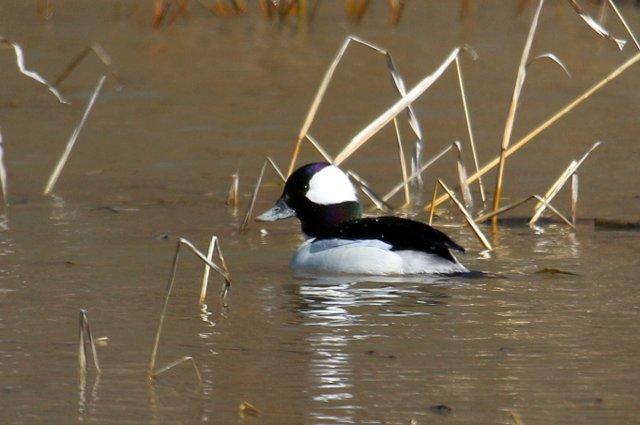



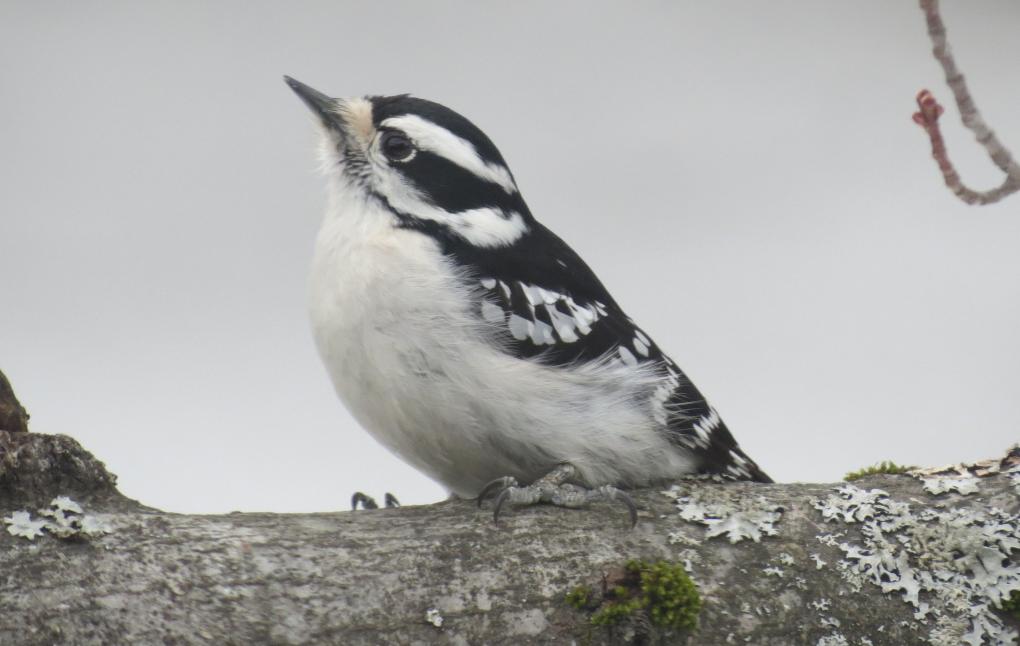

 Dark-eyed junco were more difficult to gain audience with. I had to be patient and still.
Dark-eyed junco were more difficult to gain audience with. I had to be patient and still. Pileated woodpeckers liked to keep me where they could see me and certainly at a distance.
Pileated woodpeckers liked to keep me where they could see me and certainly at a distance.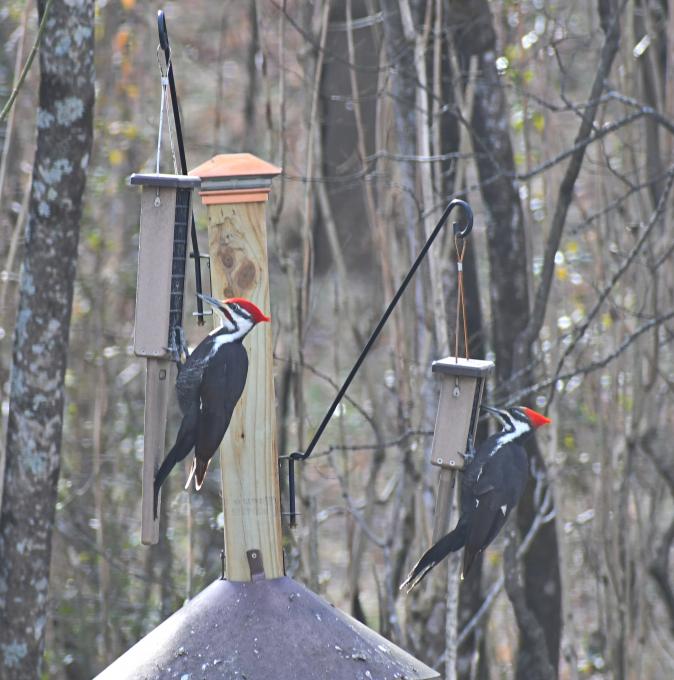

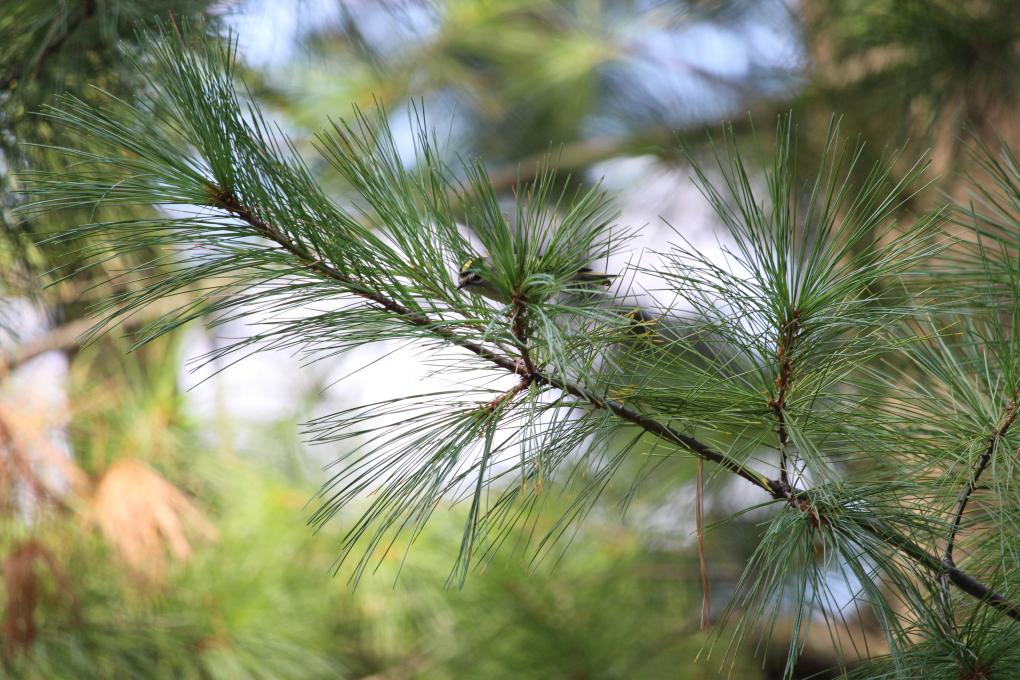 Found a good sit spot by accident in Central Park. After I spent about an hour trying to get shots by foot of golden-crowned kinglets, which never sit still, I got tired and sat on a bench across from this pine tree to rest. That's when one of the kinglets came out to just above eye-level and "posed" out in the open for several minutes.
Found a good sit spot by accident in Central Park. After I spent about an hour trying to get shots by foot of golden-crowned kinglets, which never sit still, I got tired and sat on a bench across from this pine tree to rest. That's when one of the kinglets came out to just above eye-level and "posed" out in the open for several minutes. 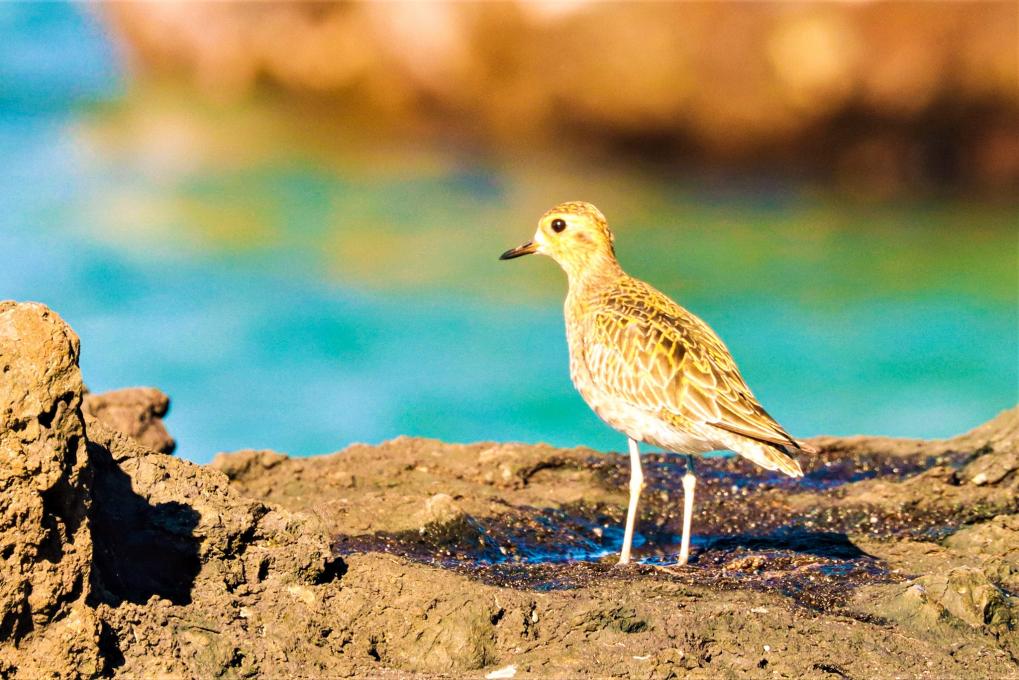
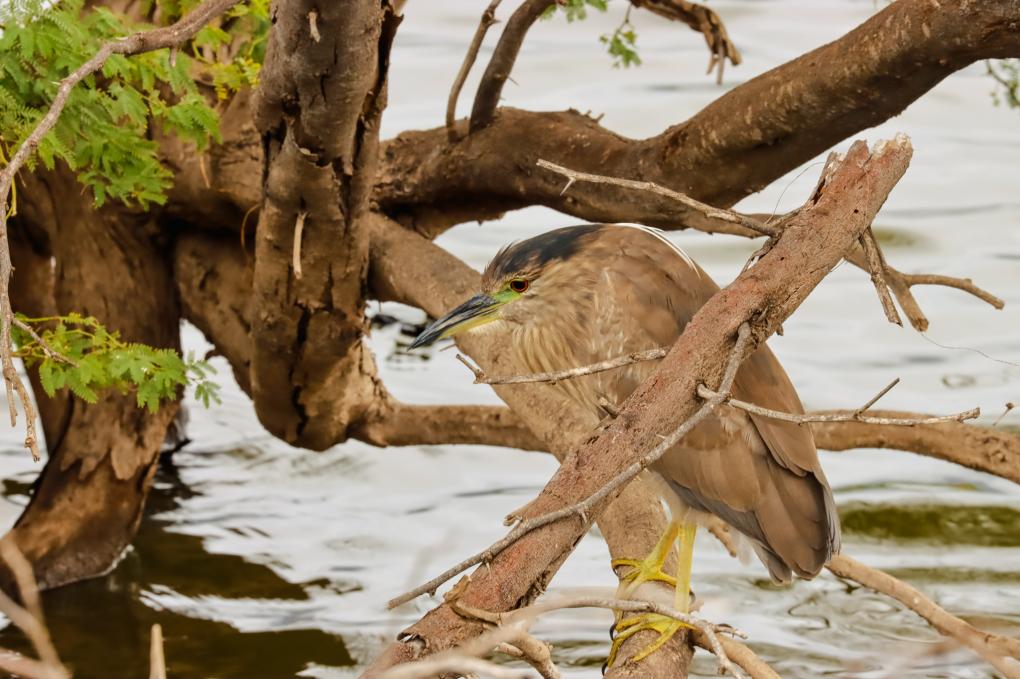
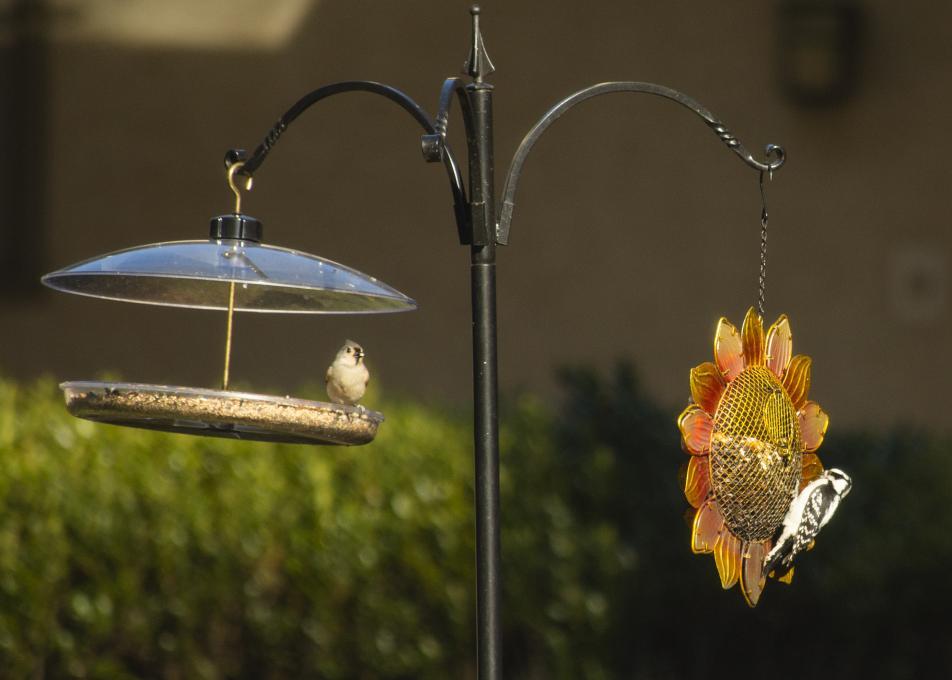
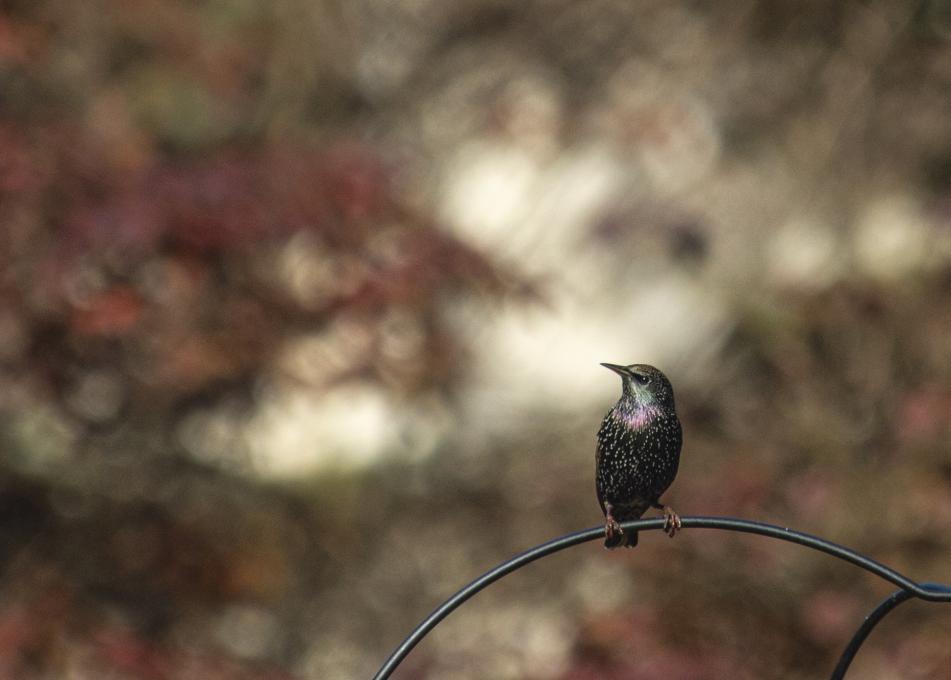

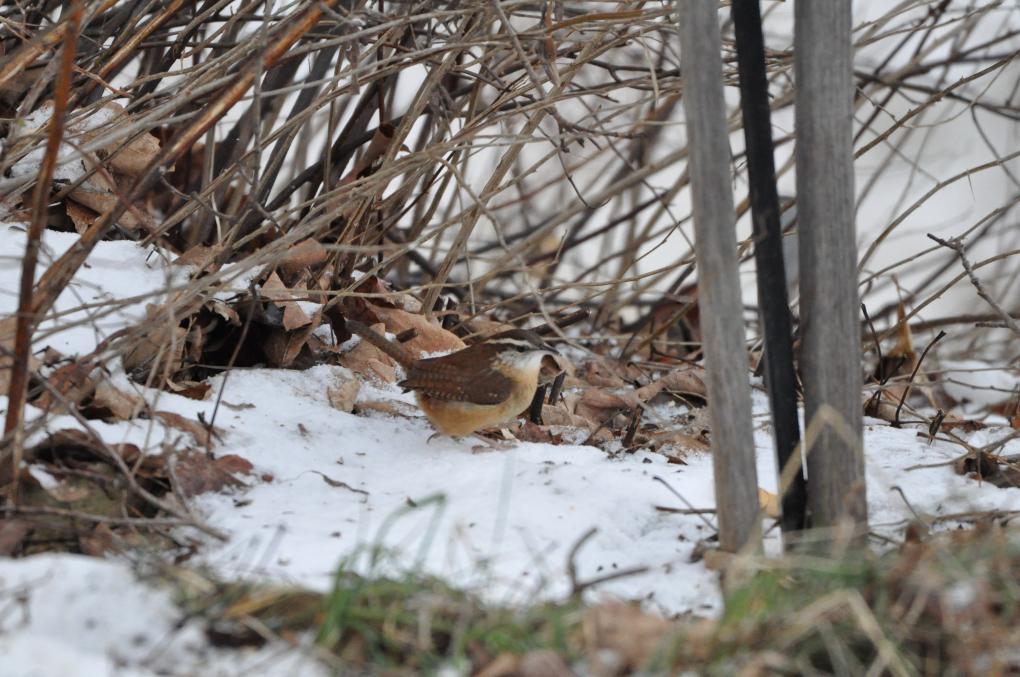
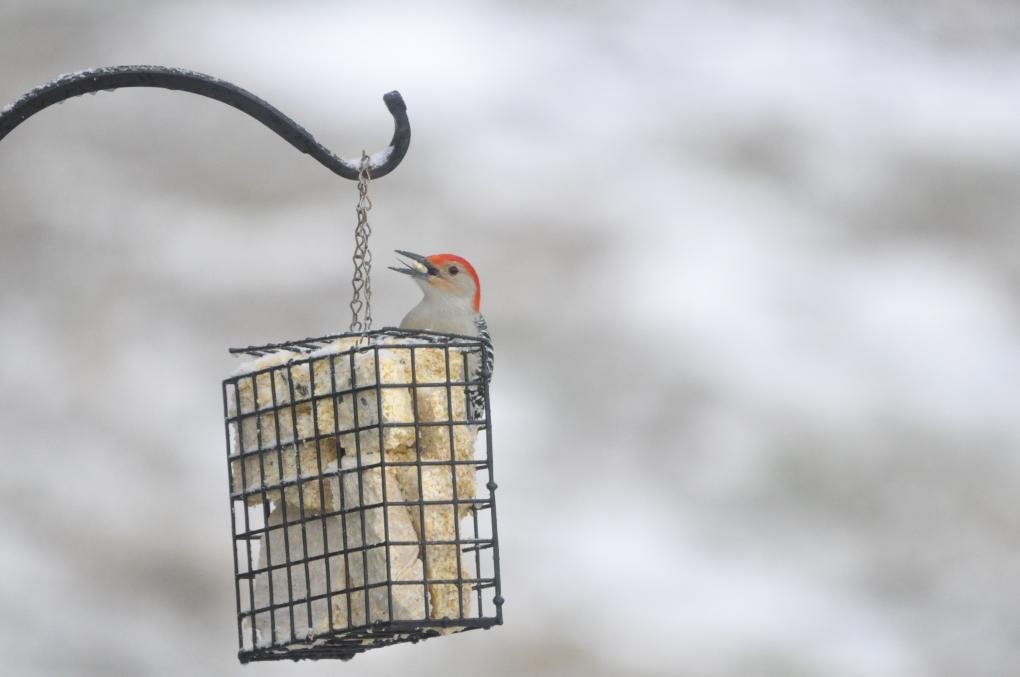 outback I have been observing the woodpeckers that have been arriving at my suet feeder or near the tree next to it that has been dying over the years leaving dead branches which has been a good source of food in the dead wood. also near the suet feeder I have a black oil sunflower feeder that attracts many other birds such as chickadees, nuthatches, 1 Carolina wren, downy woodpeckers, harry woodpecker and a family of pileated woodpeckers, juncos and titmice along with crows and blue jays.
outback I have been observing the woodpeckers that have been arriving at my suet feeder or near the tree next to it that has been dying over the years leaving dead branches which has been a good source of food in the dead wood. also near the suet feeder I have a black oil sunflower feeder that attracts many other birds such as chickadees, nuthatches, 1 Carolina wren, downy woodpeckers, harry woodpecker and a family of pileated woodpeckers, juncos and titmice along with crows and blue jays. 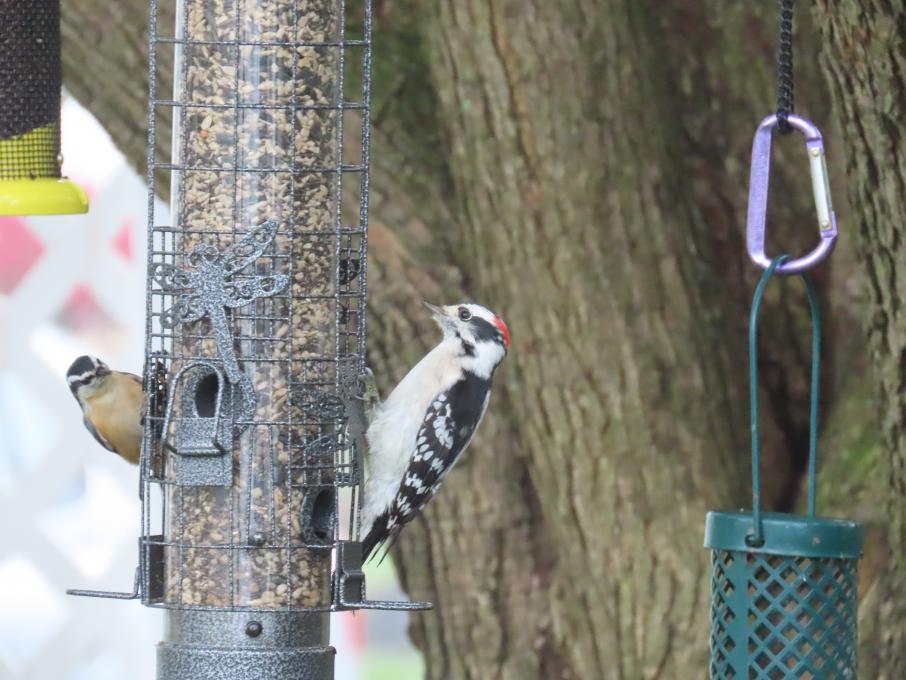
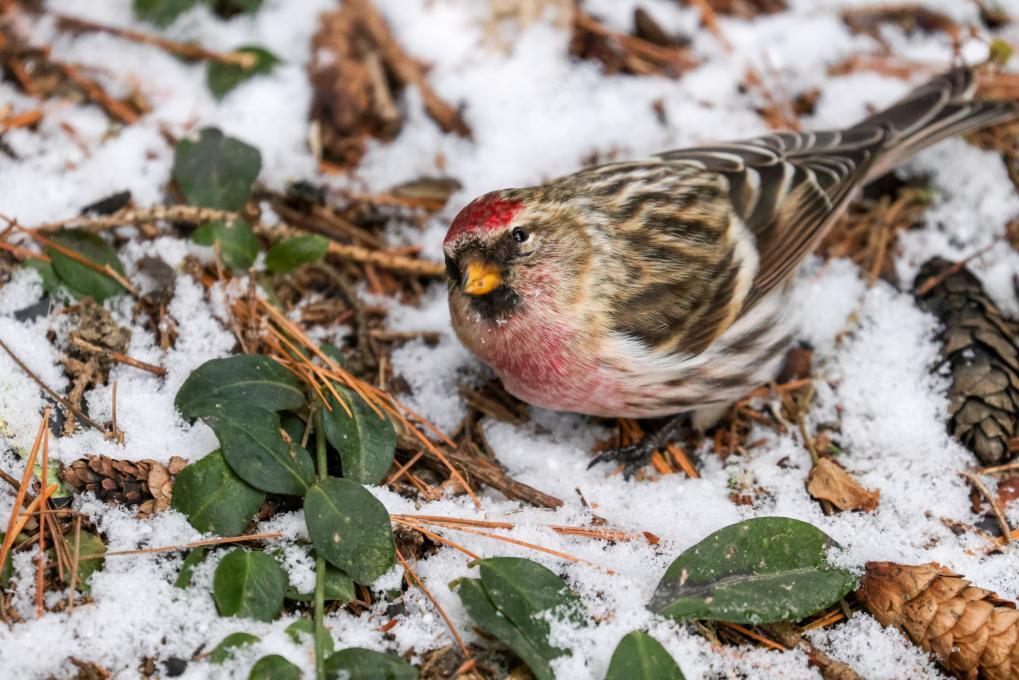

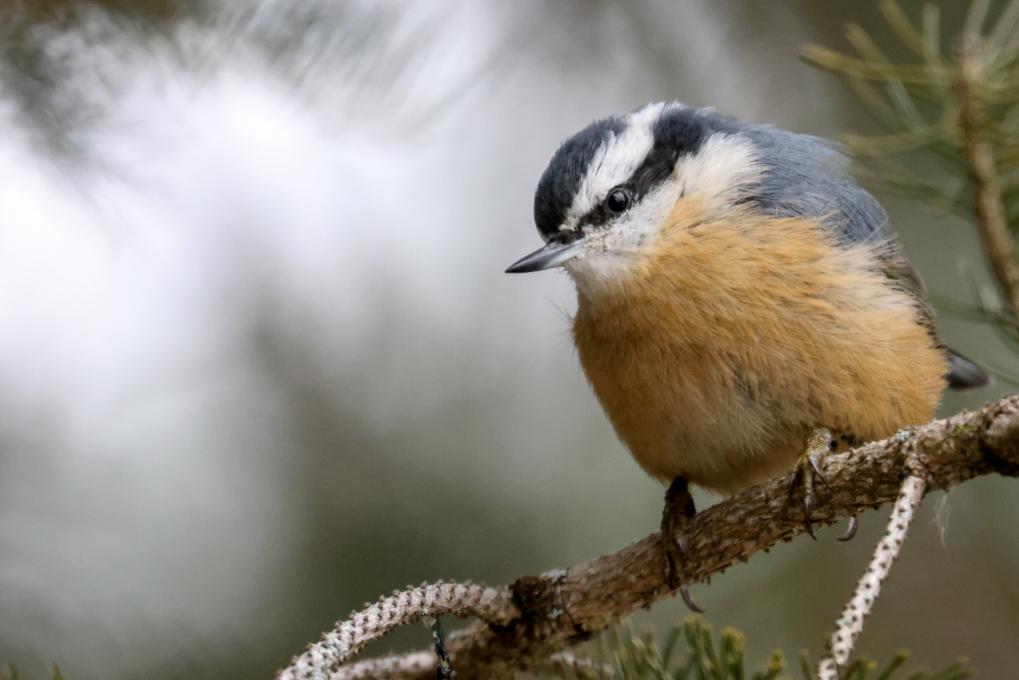
 Sometimes birds unexpectedly come to you. I was on a camping trip in Northern Minnesota and this Northern Parula decided he had an invader in his territory. I had never heard of this warbler before and it was not listed in my old birding guide. Saved by the internet where I found it. I still have a lot to learn.
Sometimes birds unexpectedly come to you. I was on a camping trip in Northern Minnesota and this Northern Parula decided he had an invader in his territory. I had never heard of this warbler before and it was not listed in my old birding guide. Saved by the internet where I found it. I still have a lot to learn. 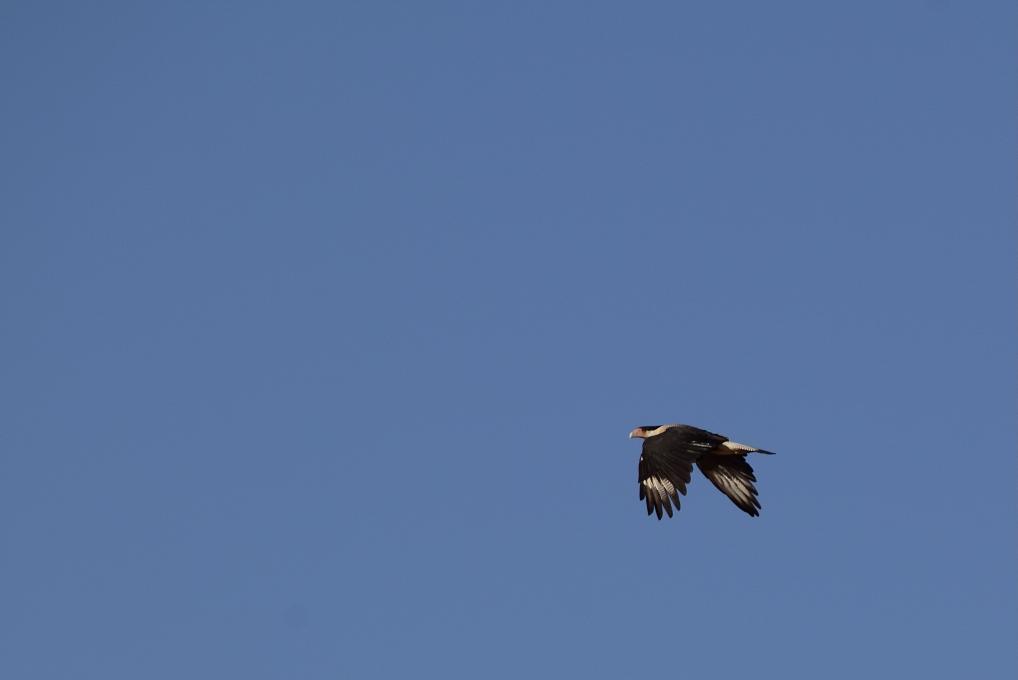


 I then drove to Parker River MRA and went out to Sandy Point, a HUGE, wonderful beach area where even on a cold day, many people were out just sitting in chairs enjoying the beach. Gulls were the main attraction along with a flock of Horned Larks. I took my time, moving slowly and angling away and around the Gulls, and for the most part they were cooperative and I was able to get closer to them today. The Horned Larks were much more skittish and getting close was not an option, as they would fly off when I was still far away. I mimicked what I observed Melissa do when she photographed the Piping Plovers on the New Jersey Shore. The Horned Larks were foraging in a short, green grass area about 30 yards above the outgoing shoreline. The sun was behind the shore and lighting up the grassy area the Larks were in. So I lay prone with my camera and waited quietly. Within 15 minutes several of the Larks foraged towards me and I was able to take my time and capture several dozen photographs, from a respectful distance. Canon 1.4x Tele Converter on a Canon 150- 500 mm lens.
I then drove to Parker River MRA and went out to Sandy Point, a HUGE, wonderful beach area where even on a cold day, many people were out just sitting in chairs enjoying the beach. Gulls were the main attraction along with a flock of Horned Larks. I took my time, moving slowly and angling away and around the Gulls, and for the most part they were cooperative and I was able to get closer to them today. The Horned Larks were much more skittish and getting close was not an option, as they would fly off when I was still far away. I mimicked what I observed Melissa do when she photographed the Piping Plovers on the New Jersey Shore. The Horned Larks were foraging in a short, green grass area about 30 yards above the outgoing shoreline. The sun was behind the shore and lighting up the grassy area the Larks were in. So I lay prone with my camera and waited quietly. Within 15 minutes several of the Larks foraged towards me and I was able to take my time and capture several dozen photographs, from a respectful distance. Canon 1.4x Tele Converter on a Canon 150- 500 mm lens.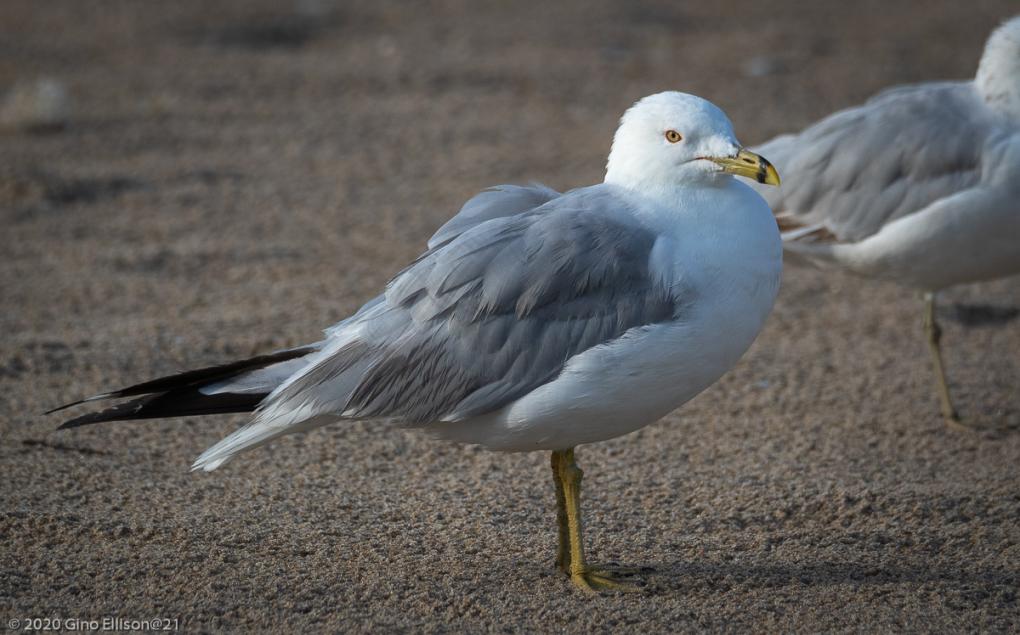
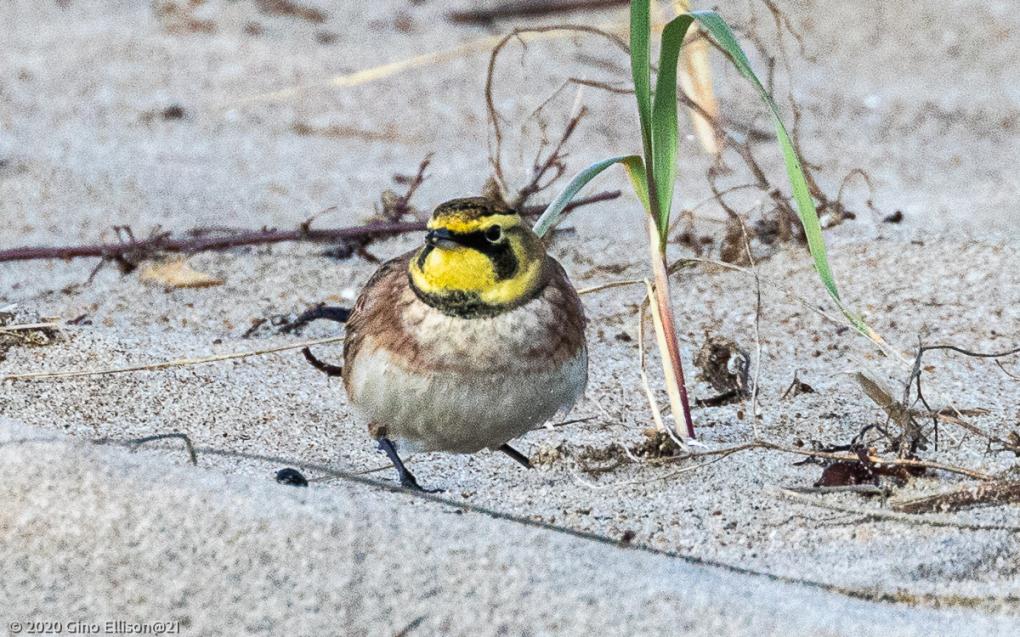
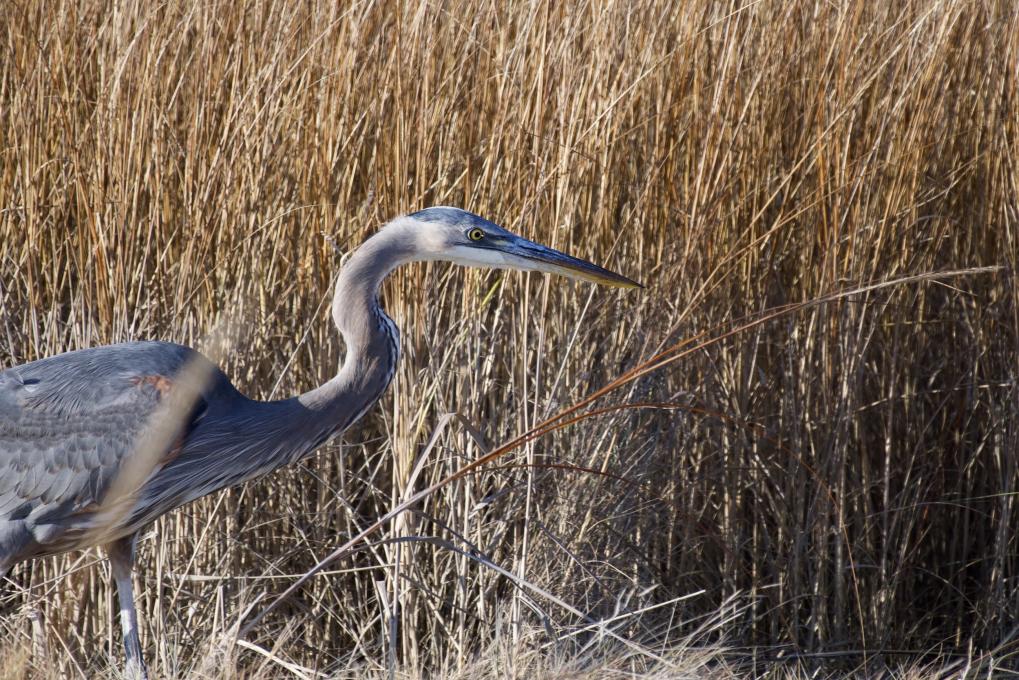 Great Blue Heron. Nikon D500 Nikkor F5.6 200-500 mm lens. F5.6 500mm ISO280 Taken in area where birds are used to lots of human traffic
Great Blue Heron. Nikon D500 Nikkor F5.6 200-500 mm lens. F5.6 500mm ISO280 Taken in area where birds are used to lots of human traffic 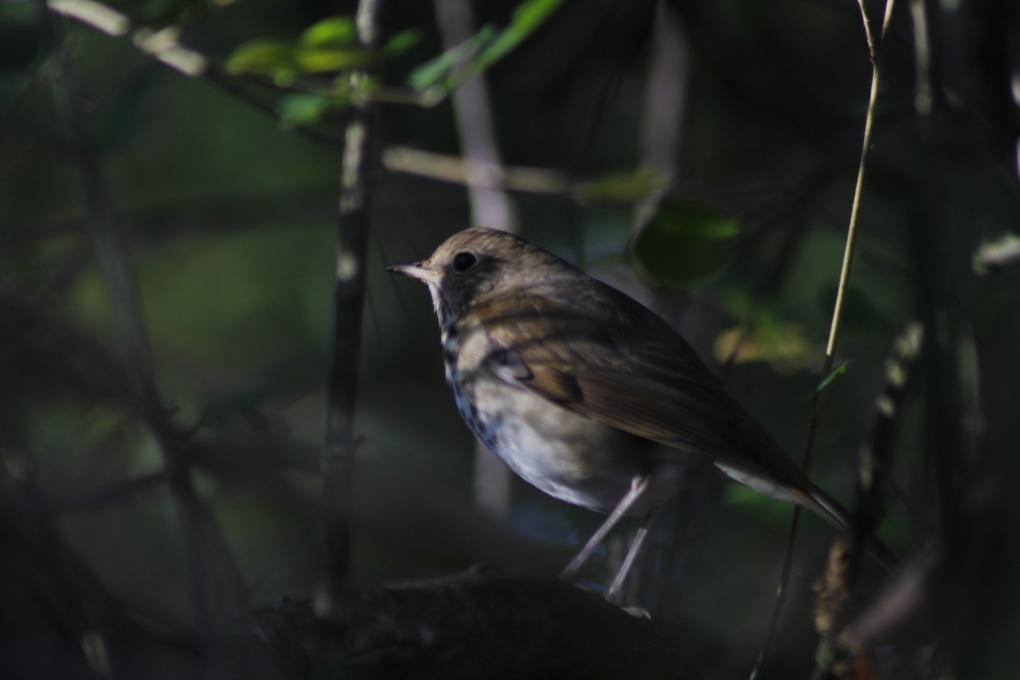 I went into-my local woods to approach the birds respectfully, There was not that much activity in the woods but there was but there was a plethora of activity by the lake, I Found this beautiful hermit thrush eating berries in the shrubs, and it let me get very close!
I went into-my local woods to approach the birds respectfully, There was not that much activity in the woods but there was but there was a plethora of activity by the lake, I Found this beautiful hermit thrush eating berries in the shrubs, and it let me get very close! 
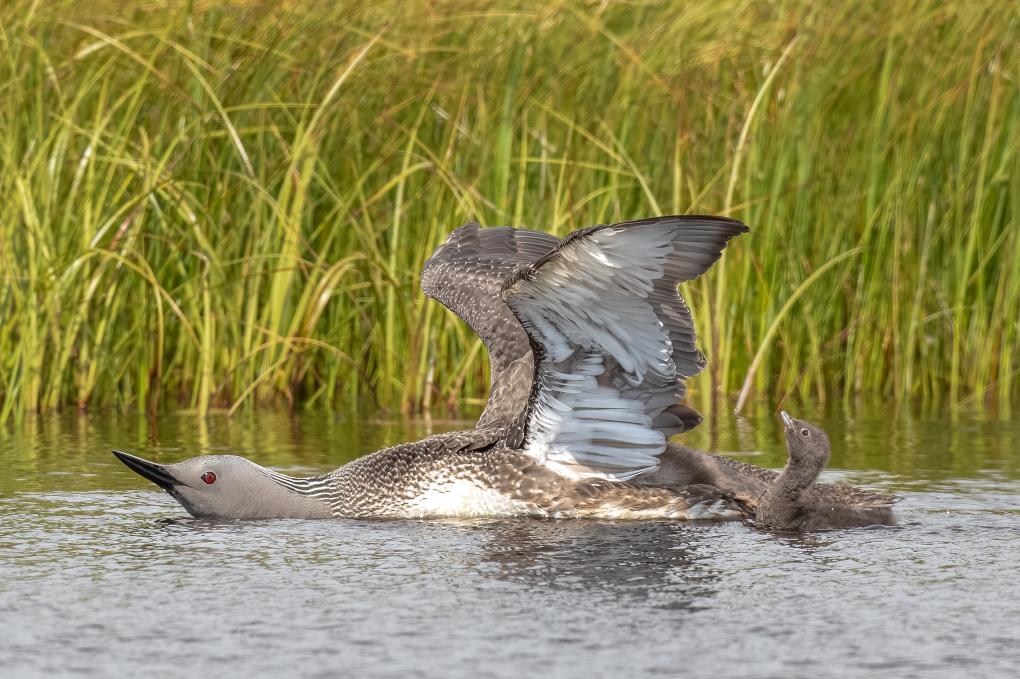
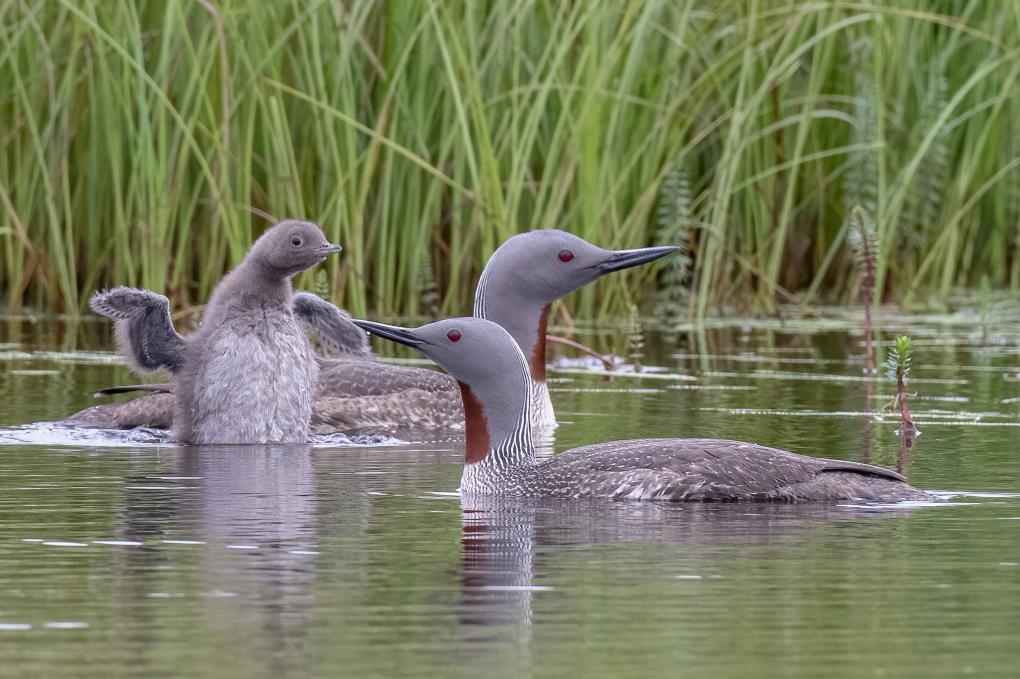

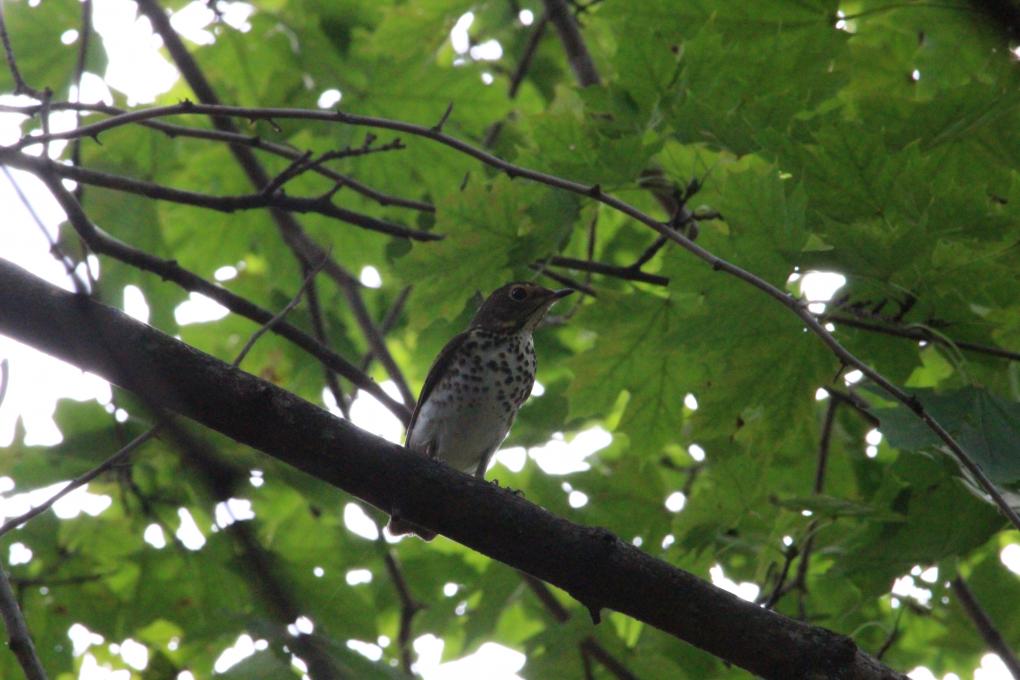
 I photographed these birds in a tree in NY. I love to wait in trees and watch for any type of bird. I am not sure what kinds these birds are and would like some help identifying. I stayed in the tree for about an hour, and then started to walk a local marsh trail.l I got the shots that i wanted. I also found a downey woodpecker nest! I always kept in mind that I should not disrupt the birds and turned out great! I learned A lot about patience and how important it is when coming to bird photography.
I photographed these birds in a tree in NY. I love to wait in trees and watch for any type of bird. I am not sure what kinds these birds are and would like some help identifying. I stayed in the tree for about an hour, and then started to walk a local marsh trail.l I got the shots that i wanted. I also found a downey woodpecker nest! I always kept in mind that I should not disrupt the birds and turned out great! I learned A lot about patience and how important it is when coming to bird photography. 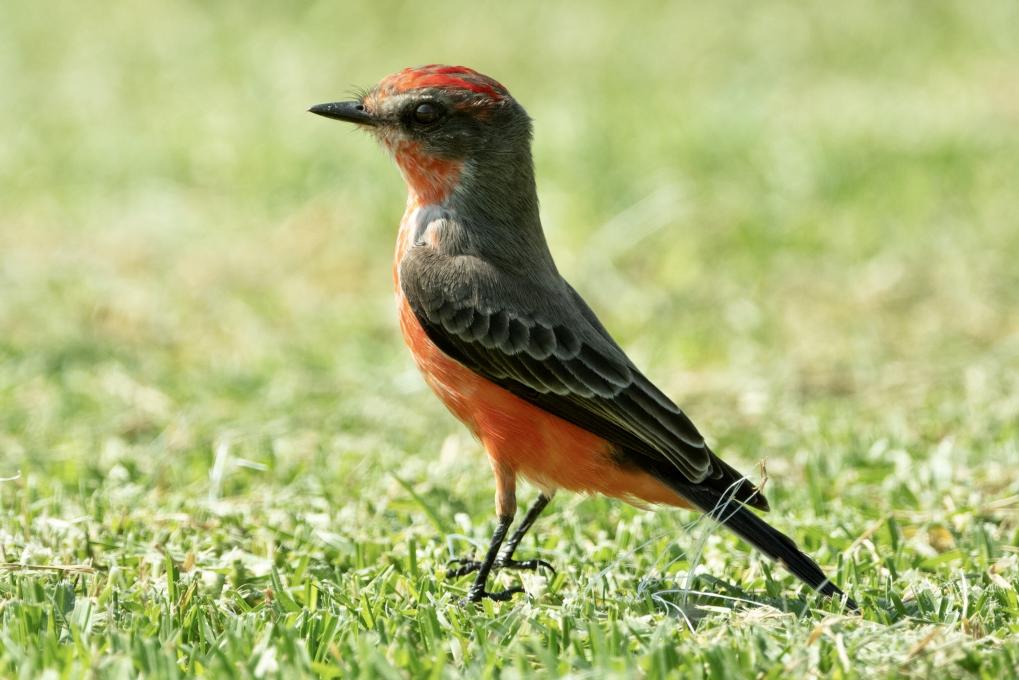 of patience!
of patience! 